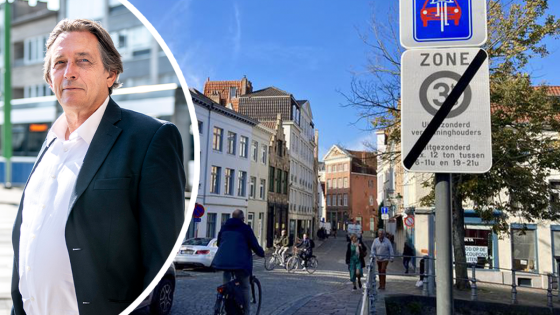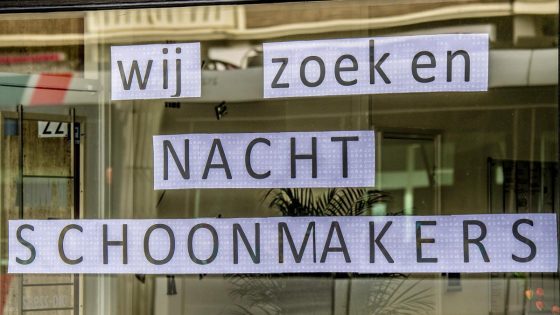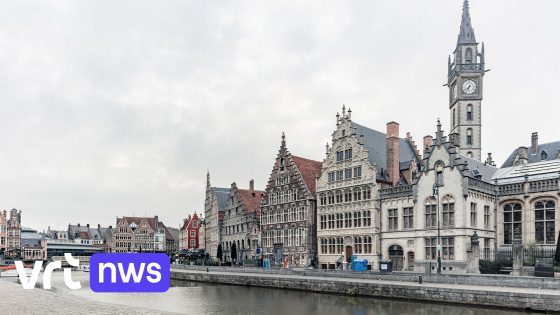Brugge is set to transform into one of Belgium’s largest fietszones, expanding its bike-friendly area from 90 to nearly 390 streets. This ambitious plan aims to prioritize cyclists and reduce car dominance in the city centre, sparking debate about its effectiveness and potential as a model for other cities.
- Brugge transforms into largest bike zone
- N-VA criticizes lack of long-term vision
- Bike zone expands from 90 to 390 streets
- Cars must yield to cyclists in city
- Other cities like Gent consider bike zones
As of 2025-08-20 01:00:00, the new fietszone will enforce that cars must stay behind cyclists throughout Brugge’s inner ring. The initiative has already drawn mixed reactions, with local politicians questioning the long-term vision and residents wondering how this will impact daily commutes and traffic flow.
With Gent also considering similar measures, could this mark a turning point for urban mobility in Belgium? How will Brugge’s bold move influence other cities balancing car traffic and sustainable transport? Here’s a concise overview of what this means for Belgian cyclists and drivers alike.
Will this large-scale fietszone improve urban life or create new challenges? The debate highlights several key points:
- The expansion promotes safer, more accessible cycling routes across Brugge’s city centre.
- Opposition voices, like N-VA Brugge, argue the plan lacks a long-term strategy for traffic management.
- Similar initiatives in cities like Gent show growing interest in prioritizing cyclists over cars.
- Practical impacts on local businesses and residents remain to be seen as the zone rolls out.
As Brugge leads the way with this extensive fietszone, other Belgian cities will watch closely. Will more urban centres adopt similar measures? Residents and commuters should stay informed and engaged as this cycling revolution unfolds.































